Search Images
Browse Content (p. 1358)

Image
Seshat, Luxor Temple
A relief from the back of the throne of a seated statue of Ramesses II depicting the Egyptian goddess of writing Seshat. 13th century BCE, Luxor Temple, Egypt.

Image
Hwarang Horseman
A modern-day re-enactor of a member of ancient Korea's elite youth class, the hwarang.
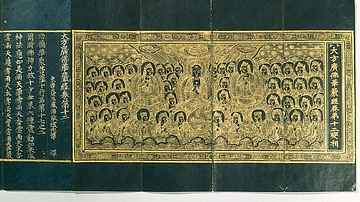
Image
Avatamsaka Sutra Frontispiece
The frontispiece in gold and silver of the Avatamsaka sutra showing a scene in paradise. Goryeo Dynasty, Korea, mid-14th century CE. (Ho-Am Art Museum)
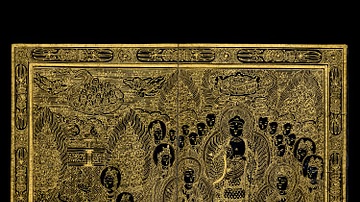
Image
Amitabha Sutra Frontispiece
The frontispiece in gold and silver of the Amitabha sutra showing a scene in paradise. Goryeo Dynasty, Korea, 1341 CE. (The British Museum, London)

Image
Buddhist Stele, Unified Silla Kingdom
A soapstone Buddhist stele from the Unified Silla Kingdom of Korea. From the Piamsa Temple. The scene depicts Buddha and disciples with apsaras looking on. Height: 40 cm, c. 673 CE. (National Museum of Korea, Seoul, South Korea)
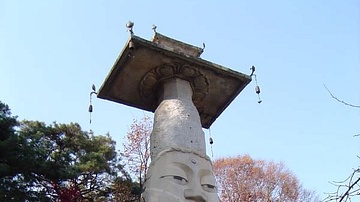
Image
Maitreya Buddha, Gwanchoksa, Korea
A giant granite statue of Maitreya (Miruk) Buddha, Gwanchoksa Temple, Korea. Height: 18.1 m, Goryeo period, 10-11th century CE.
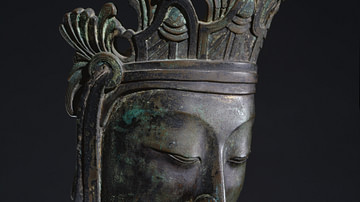
Image
Maitreya Buddha, Three Kingdoms Period
A detail of a gilt bronze statue of the Maitreya (coming) Buddha. Three Kingdoms Period, Korea, c. 600 CE. Height: 80 cm. (National Museum of Korea, Seoul, South Korea)
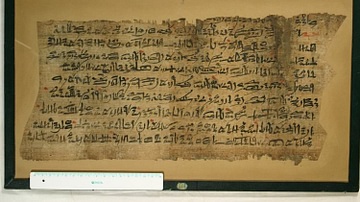
Image
Papyrus Lansing
The Papyrus Lansing is an anthology of texts praising the profession of the scribe, dating to the New Kingdom of Egypt.

Image
Papyrus Anastasi V
Prayer to Thoth for skill in writing. The prayer is written in hieratic script, found at Thebes sometime prior to c. 1830 CE, and purchased by the British Museum in 1839 CE from the collector Giovanni Anastasi.
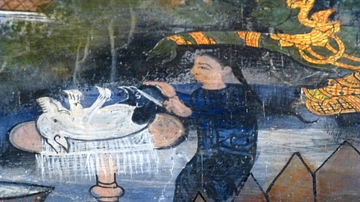
Image
Cunda Preparing the Last Meal for the Buddha
An illustration of Cunda (Chunda) preparing the last meal for the Buddha. (Wat Kasatrathiraj, Ayutthaya)